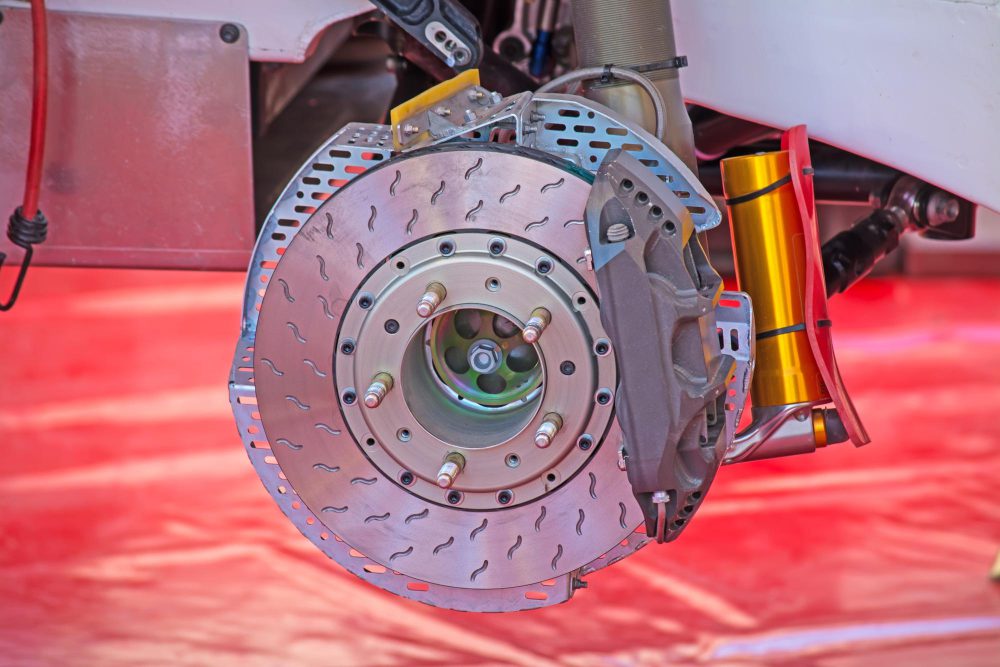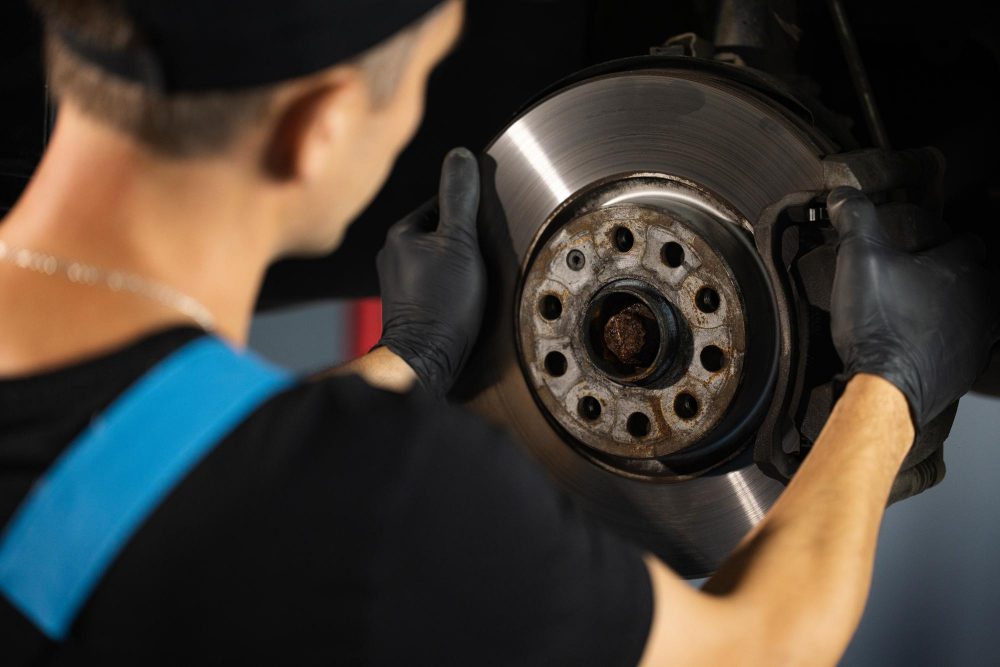Why is my ABS light on but brakes are fine?
If you’re driving your vehicle and suddenly notice that the ABS (Anti-Lock Braking System) light has turned on, but your brakes seem to be functioning properly, it can be quite puzzling. After all, the purpose of the ABS light is to alert you to potential issues with your braking system. In this article, we will explore some possible reasons why the ABS light may be on even when your brakes are working as intended.
Faulty Wheel Speed Sensor
One of the most common reasons for the ABS light to illuminate is a faulty wheel speed sensor. Each wheel on your vehicle is equipped with a sensor that continuously monitors the rotational speed of that wheel. This information is then relayed to the ABS control module, allowing it to adjust brake pressure as needed. If one or more of these sensors malfunctions, it can trigger the ABS light to come on.
Loose or Damaged Wiring
Another potential cause of an illuminated ABS light is loose or damaged wiring. The ABS system relies on a network of wires to transmit data between various components. If any of these wires become loose, disconnected, or damaged, it can disrupt the communication between the ABS control module and other parts of the system. As a result, the ABS light may turn on.
ABS Control Module Issue
The ABS control module is the central component responsible for monitoring and regulating the ABS system. If there is a malfunction within the control module itself, it can lead to an illuminated ABS light. Whether it’s a software glitch or a physical defect within the module, further diagnosis and potentially professional assistance may be required to rectify the issue.
Low Brake Fluid Level
Although it may seem counterintuitive, a low brake fluid level can also cause the ABS light to illuminate. The ABS system relies on hydraulic pressure to function properly, and if the brake fluid level is too low, it can disrupt this pressure balance. Therefore, it’s always a good idea to check your brake fluid level when troubleshooting an illuminated ABS light.
Other Potential Causes
While the aforementioned reasons are some of the more common causes for an illuminated ABS light, there are other potential factors as well. These may include issues with the ABS pump, faulty relays, or even a problem with the vehicle’s computer system. If you have ruled out the more straightforward causes, it is advisable to consult a professional mechanic to diagnose and address the issue.
“An illuminated ABS light does not necessarily indicate immediate brake failure, but it is essential to address the underlying problem to maintain optimal safety on the road.” – Automotive Expert
In summary, an ABS light that remains on while your brakes are working fine can be attributed to various factors, ranging from faulty wheel speed sensors to loose wiring or a malfunctioning ABS control module. It’s important not to ignore this warning light, as the ABS system plays a crucial role in maintaining control and stability during braking. By identifying and addressing the root cause of the illuminated ABS light, you can ensure the continued safe operation of your vehicle.
How long can I drive my car with the ABS light on?
Driving with the ABS light on can be a cause for concern for many car owners. While it may be tempting to ignore the warning light and continue driving, it is important to understand the potential risks and take appropriate action. The ABS light indicates a problem with the anti-lock braking system, which is a crucial safety feature in modern vehicles.
Understanding the ABS system
The anti-lock braking system (ABS) is designed to prevent the wheels from locking up during heavy braking, allowing the driver to maintain control of the vehicle. When the ABS light comes on, it typically indicates an issue with one or more components of the system, such as a faulty sensor, a damaged wiring connection, or a failing hydraulic pump.
The potential risks
Driving with the ABS light on can compromise your safety on the road. Although your brakes may still work, the ABS system will not be functioning properly. This means that in an emergency situation, your vehicle may not be able to stop as quickly or efficiently as it should. Additionally, without the ABS system, you may experience wheel lock-up, skidding, and reduced steering control.
What should you do?
If your ABS light comes on, it is advisable to have your vehicle inspected by a qualified mechanic as soon as possible. They will be able to diagnose the exact cause of the issue and recommend the necessary repairs. In the meantime, it is generally safe to continue driving your car, but exercise caution and avoid aggressive braking maneuvers.
Addressing the issue promptly
Ignoring the ABS light can lead to further damage to the system or other related components. It is always best to address the issue promptly to prevent any potential safety risks. Remember, the ABS light is there for a reason – to alert you of a problem that needs attention.
Quote: “Driving with the ABS light on is like driving with an essential safety feature disabled. It’s better to get it checked and fixed sooner rather than later.”
Conclusion
The ABS light should never be ignored. While you may still be able to drive your car with the light on, it is important to prioritize your safety and have the system inspected as soon as possible. By addressing the issue promptly, you can ensure that your vehicle’s ABS system is functioning properly and maintain optimal control in all driving conditions.



